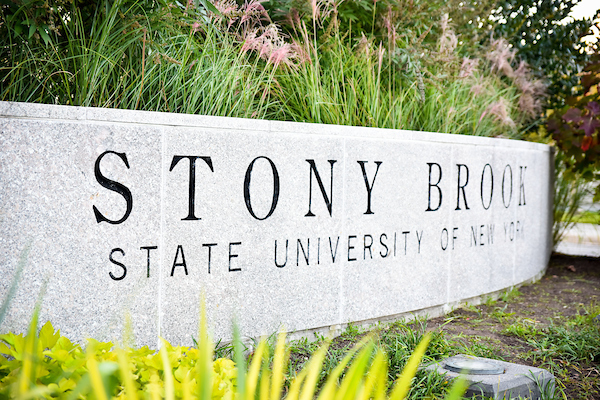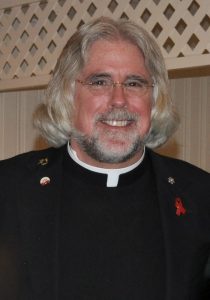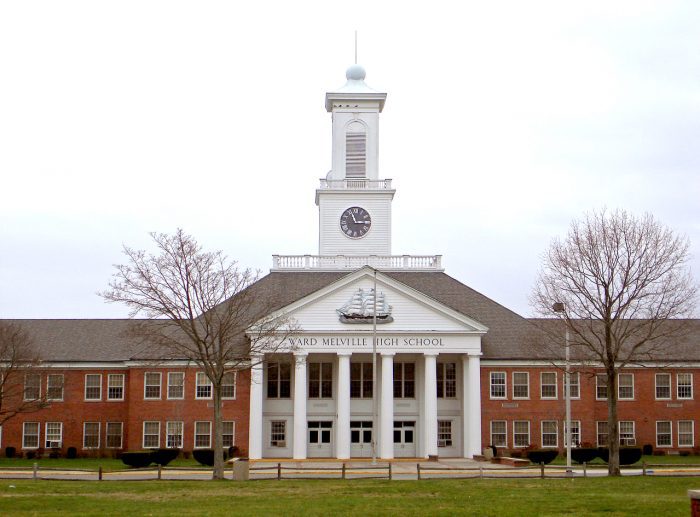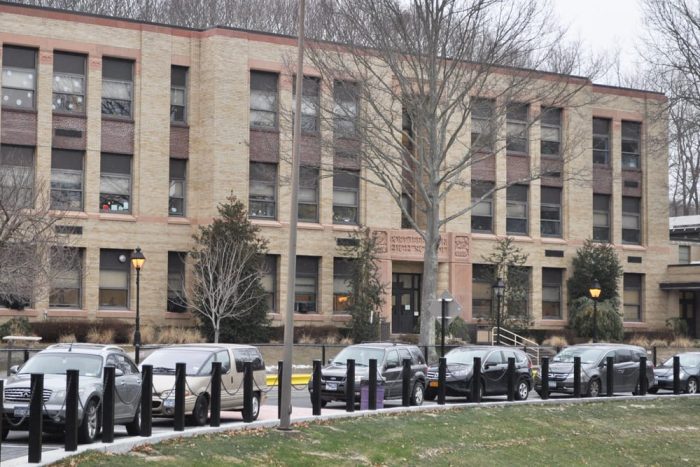Stony Brook University recently announced the launch of the Pre-College Summer Program, a new residential summer program for rising high school sophomores, juniors, and seniors.
The Pre-College Summer Program is a week-long program that offers high school students the opportunity to engage in the campus experience, take courses, participate in workshops, and access resources across campus, including bridging connections with Stony Brook faculty and industry experts. Throughout the program, students will connect with like-minded program participants, while learning to transition to college life.
“There is a rich history at Stony Brook of outstanding rigorous summer programming aimed at high school students,” said Peter Diplock, vice provost for Continuing, Professional, and Executive Education. “We are thrilled to be able to extend those opportunities and make them available to in-state and out-of-state high school students looking for a residential academic program experience.”
Participating students can take courses, led by Stony Brook faculty, in topics ranging from biomedical informatics to multimedia journalism to sustainability all while living on the Stony Brook campus. Students also have the opportunity to participate in recreational activities held on campus. In addition, the program is supplemented by participation in college readiness workshops.
“I am beyond excited to kick off the Pre-College Summer Program at Stony Brook University this year. Participants can expect to make memories that will last a lifetime. They’ll get first-hand experience in subjects that they’re passionate about with the support from SBU Faculty,” said Breanne Delligatti, director of the Pre-Summer College Program. “Beyond the classroom, they’ll make friendships and connections with peers who share their interests and ambitions. Plus, they’ll get a taste of college life on Stony Brook’s beautiful campus.”
Courses will be held across three sessions throughout the month of July, beginning on July 7.
Participants who register before April 1 will receive a cost savings of $100 and interested applicants can apply through May 15. The application process involves submitting the applicant’s high school transcript, a reference, a short essay, and a $45 application fee. A limited number of scholarships are also available for need-based applicants to offset the cost of the program.
Learn more about the Pre-College Summer Program at stonybrook.edu/precollege-




















